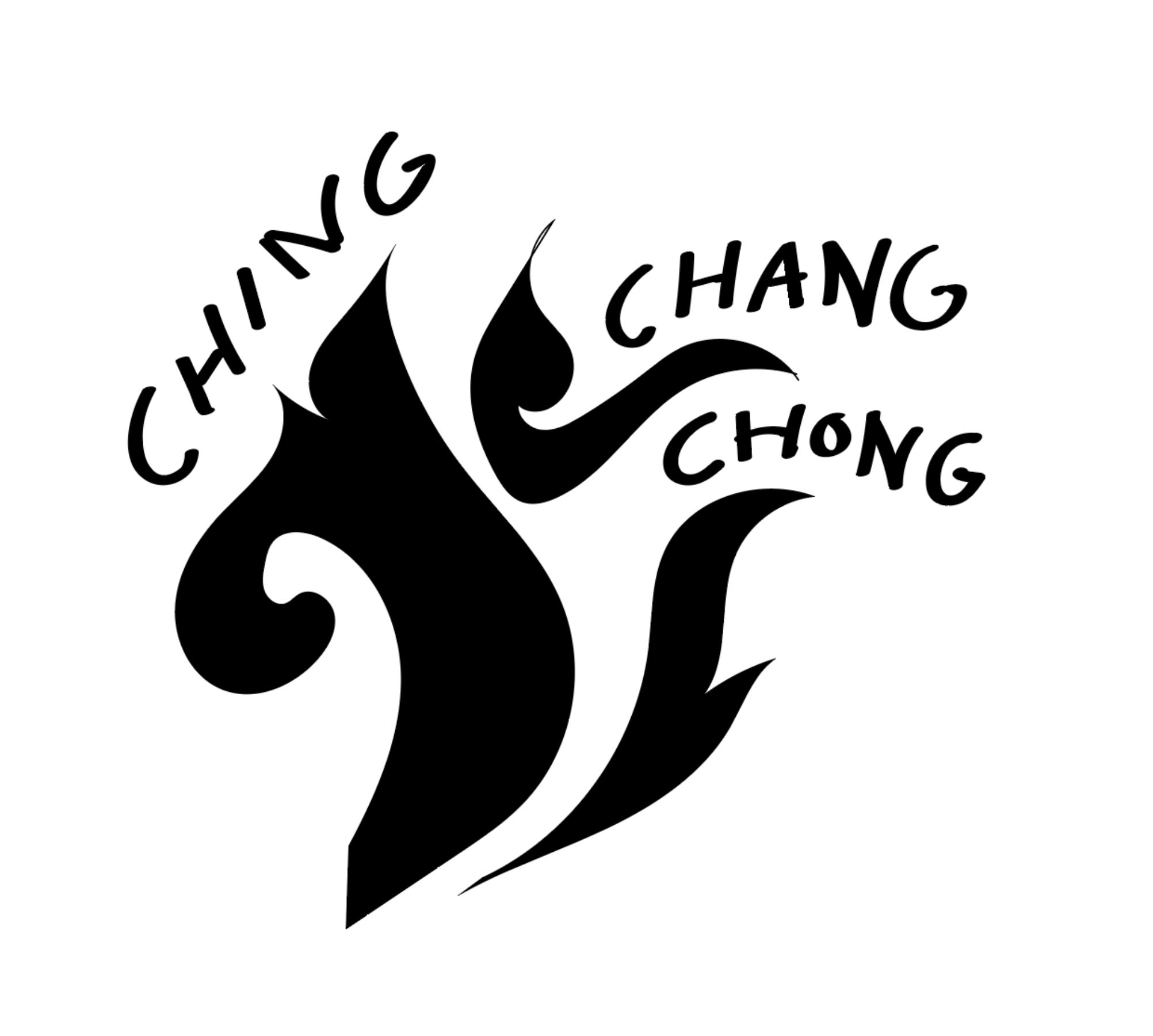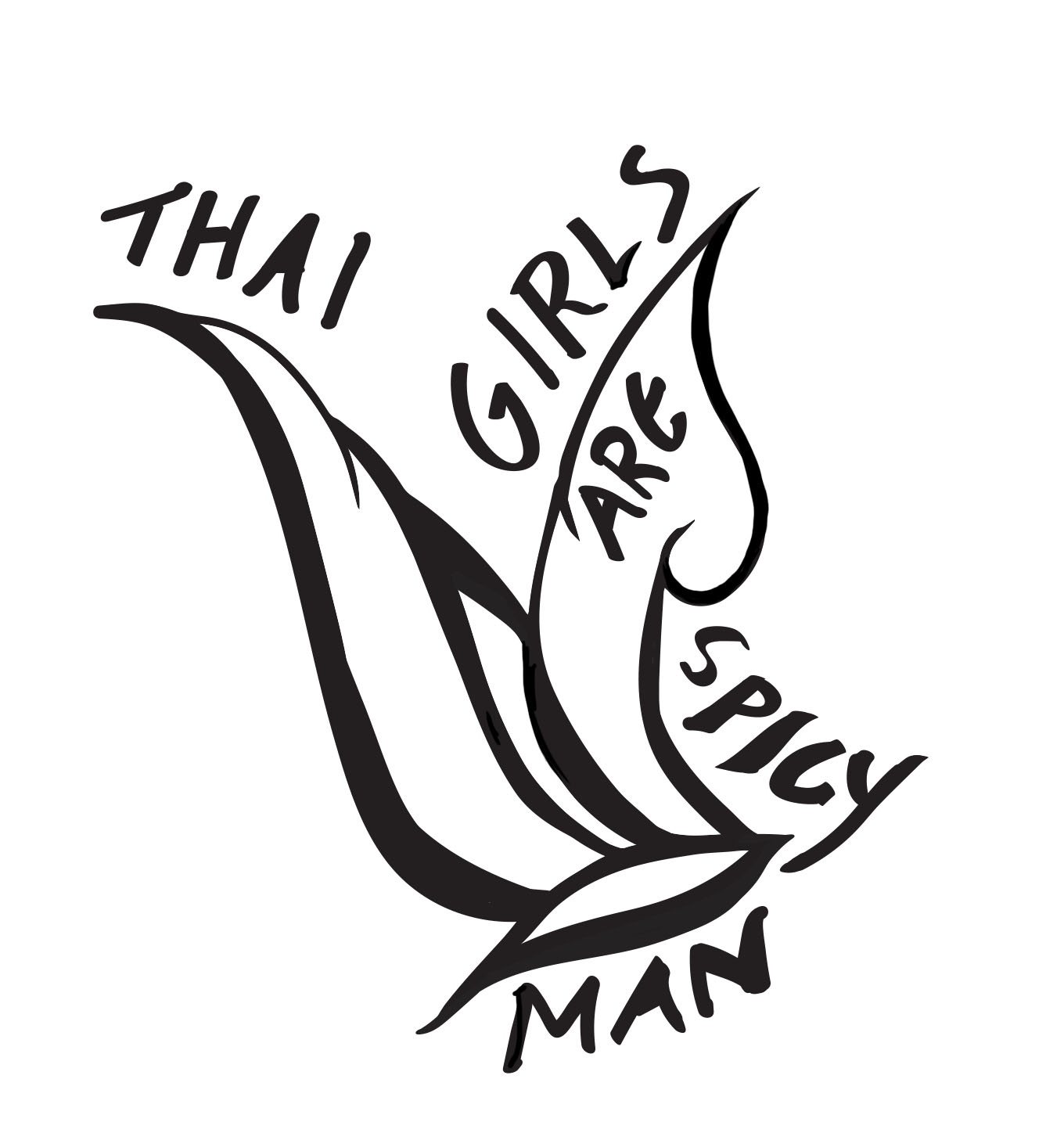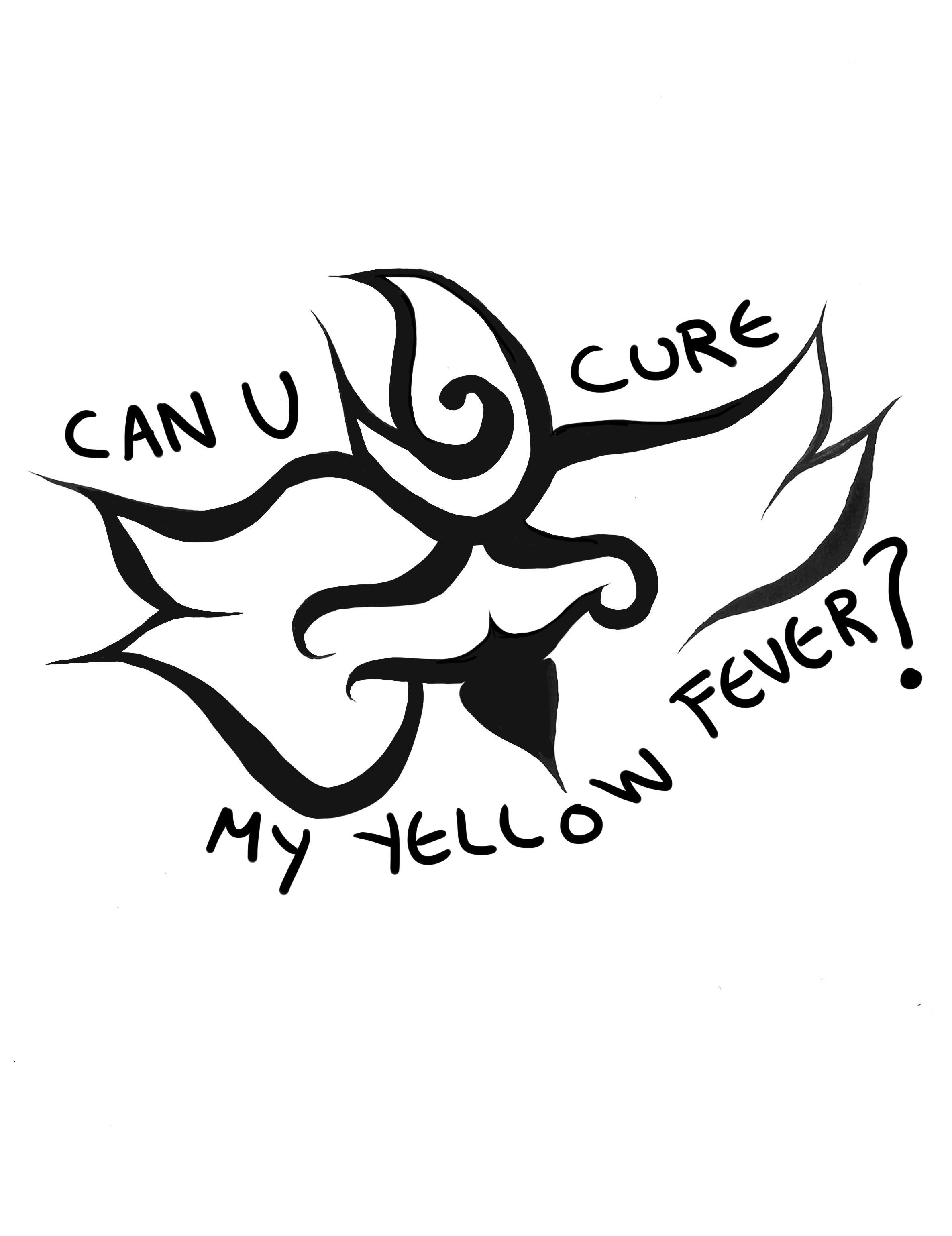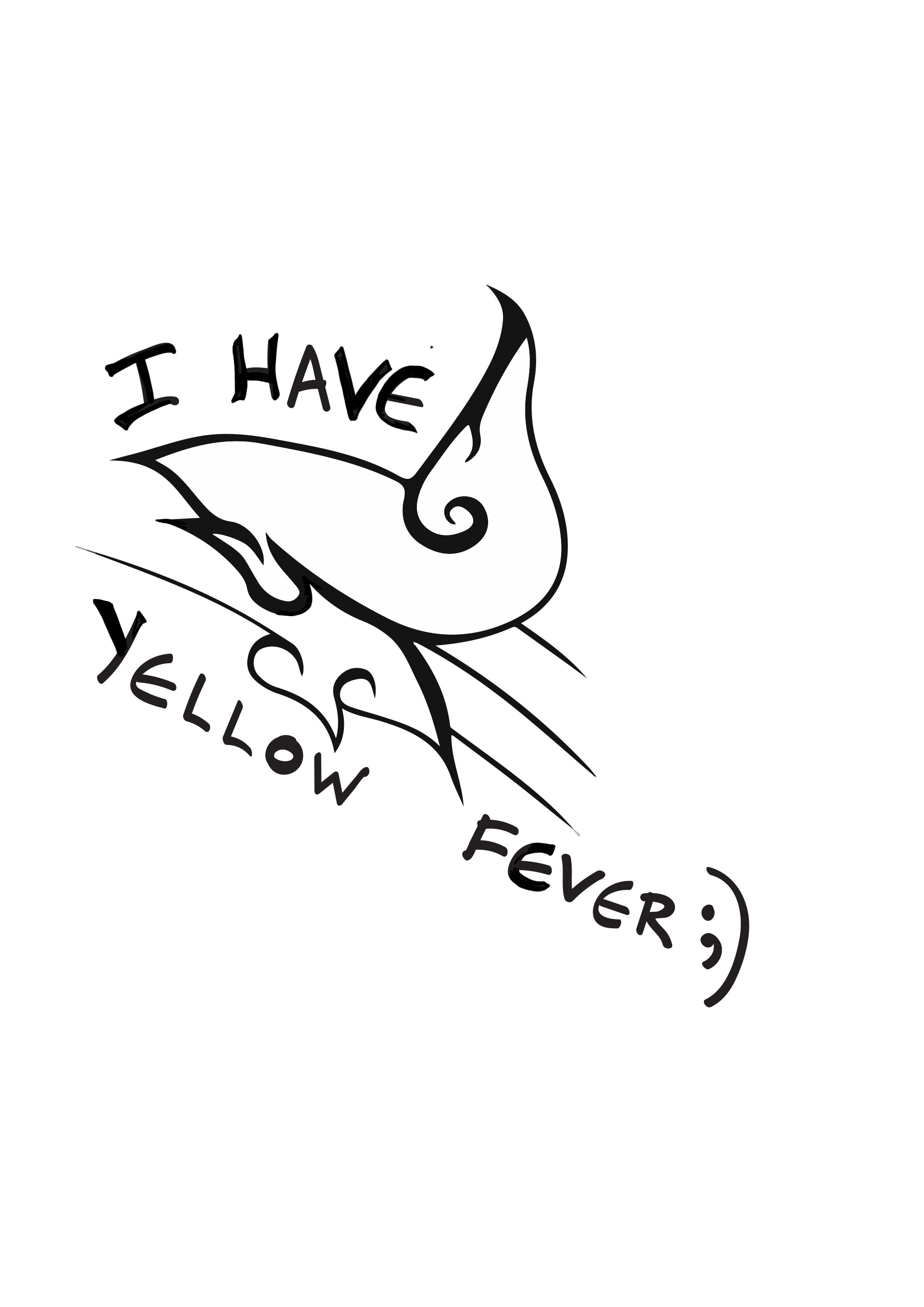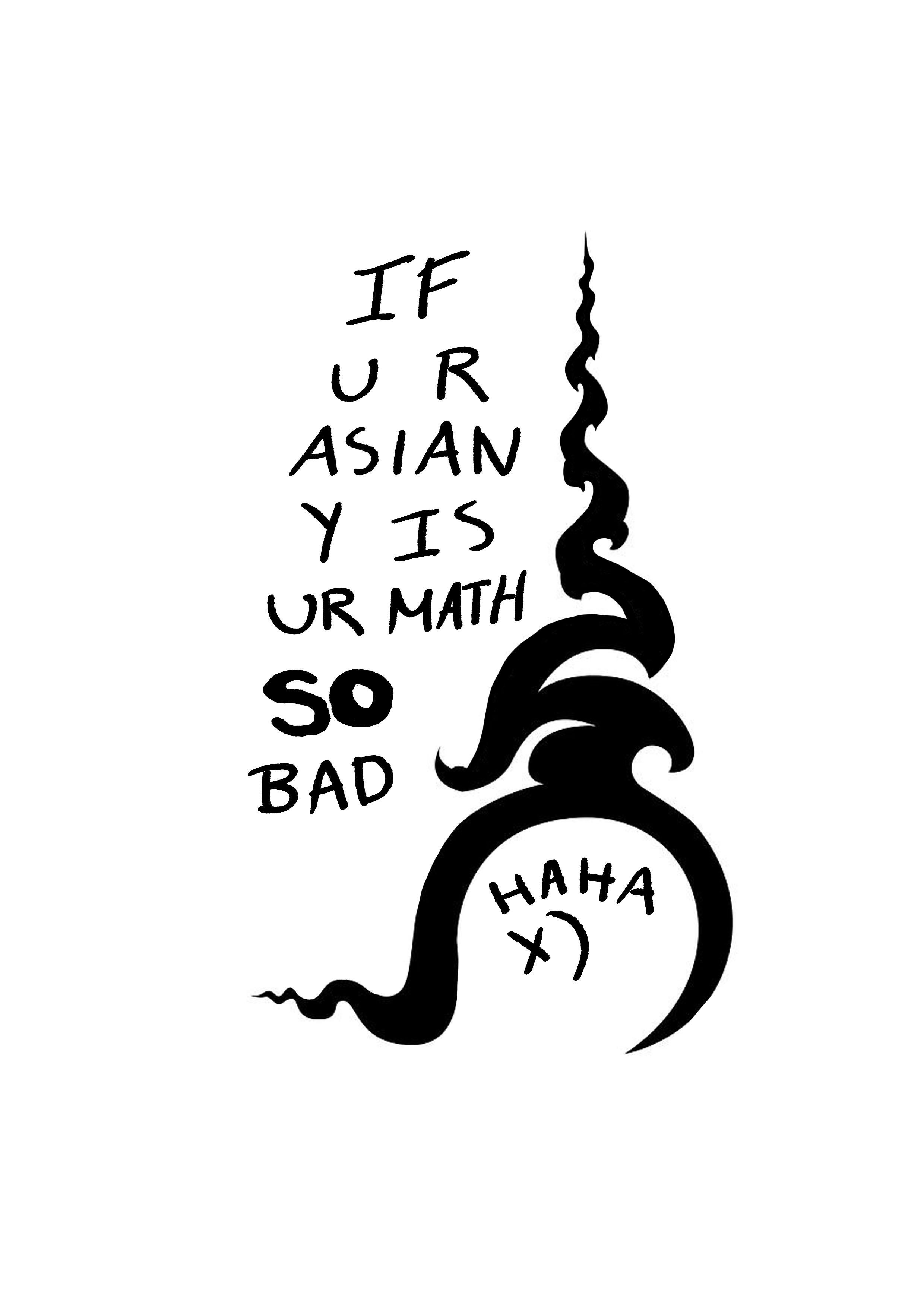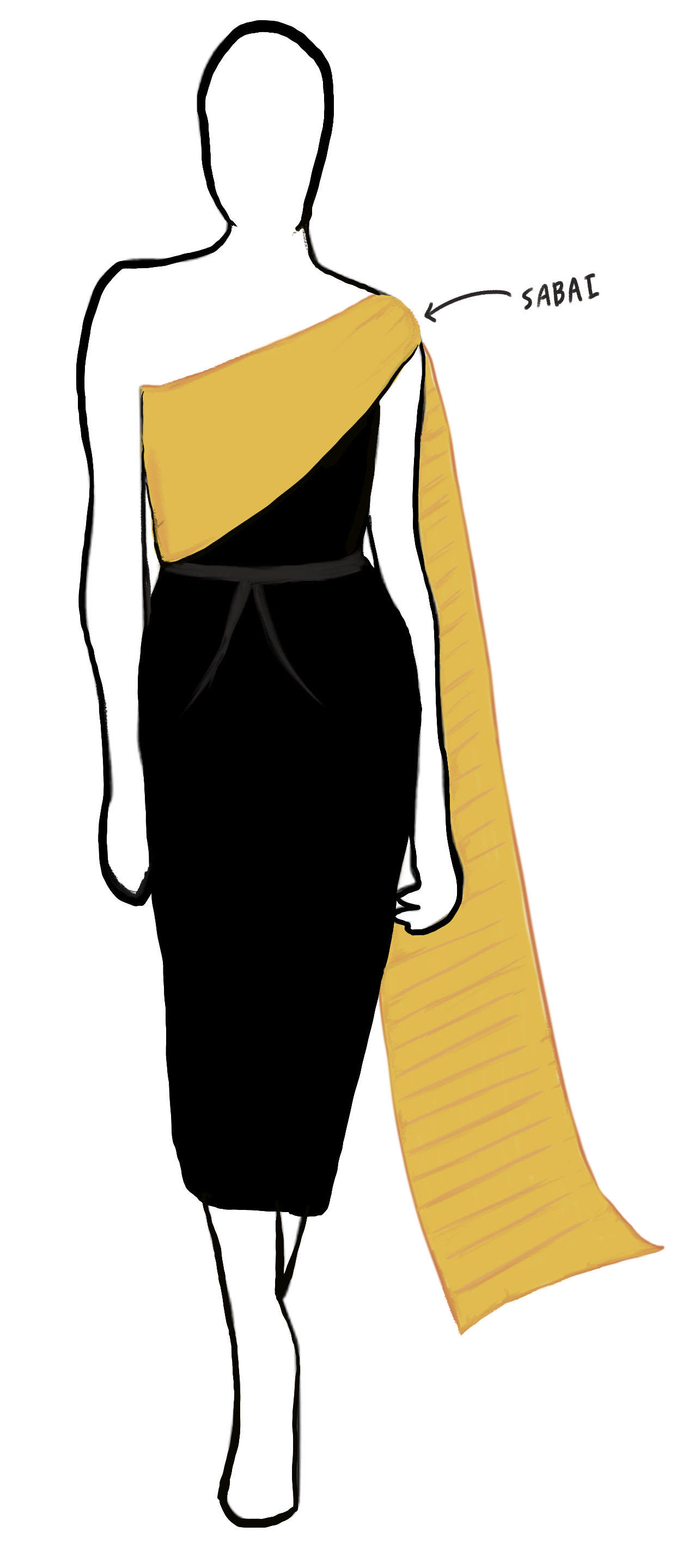My poster was one of the posters that got choosen for the poster competition. The assignment was to design a poster on the theme ‘Hokjegeest’. It was hanging in the de affiche galerij in den haag and 3 sec gallery in breda in 2017.
This poster is about my double heritage. Being both Thai and English I often feel like I don't belong to either.
Hokjesgeest (Compartmentalization)
MY CULTURAL IDENTITY
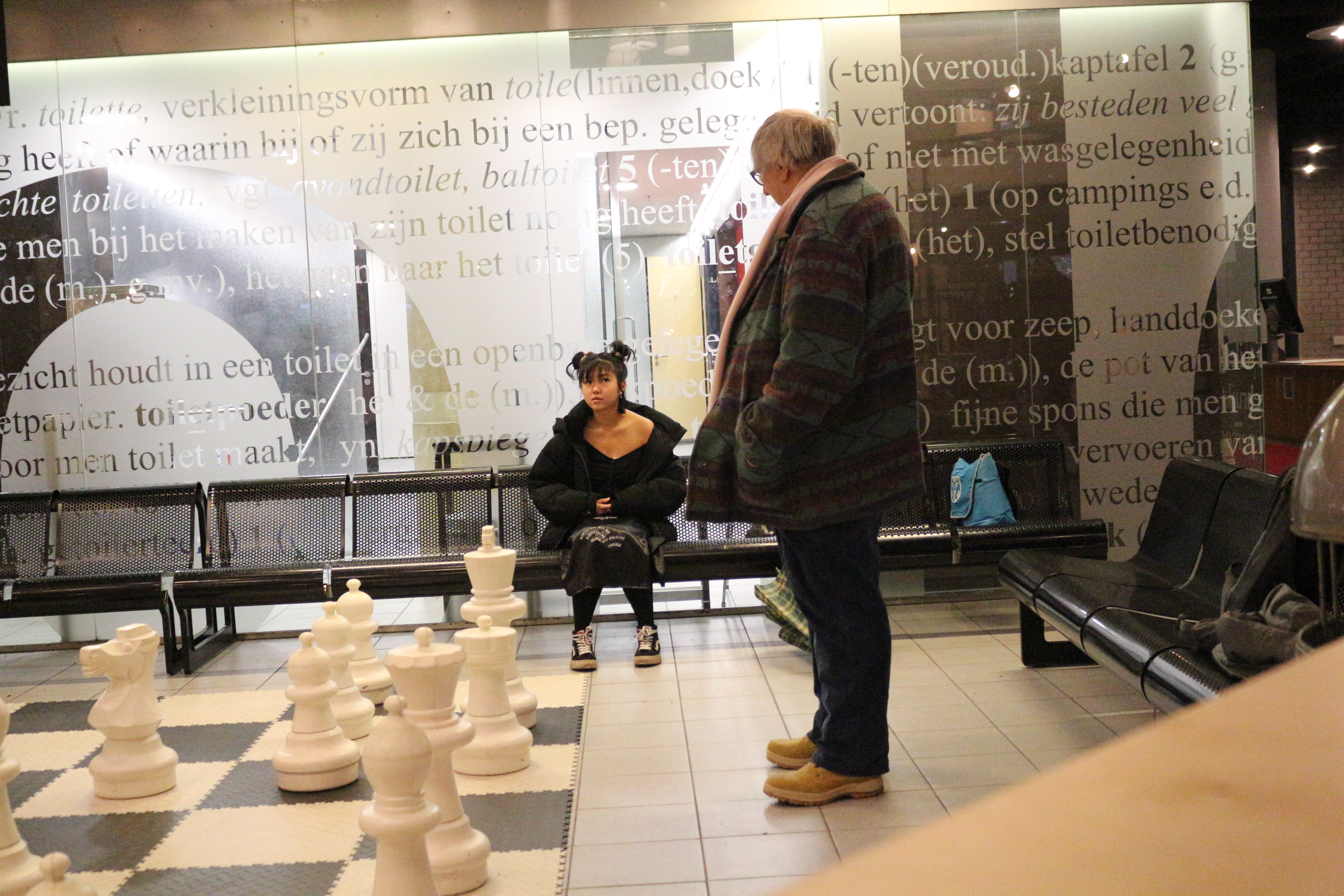
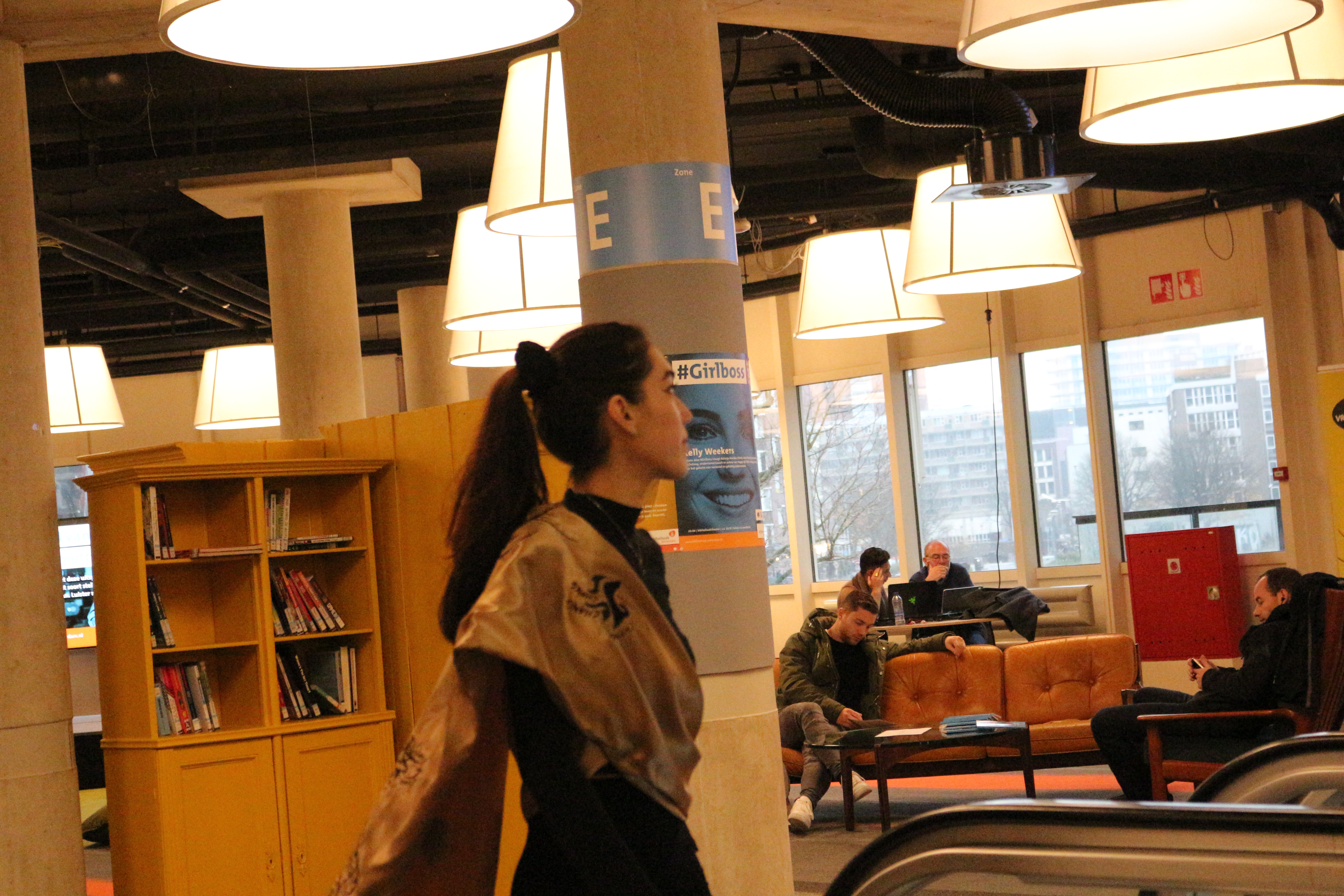
In my practice critical studies in my third year of fine arts I was collaborating with an exchange fashion student; Xinyi. Her parents are both Chinese but she was born and raised in Portugal. We have both experienced Orientalism with a fluid cultural identity and we have expressed this in our project. Edward Said wrote the book Orientalism in 1978 which boosted the development of postcolonialism as a significant area of critical theory. Said developed the term orientalism to describe the way the West portrays the East. Orientalism is the form of ‘knowledge’ that authorizes and justifies the assertion of the Western power over the East. Today, Orientalism continues as it is so ingrained into how we see other people and cultures that it goes unnoticed. Many Arabs, Muslims and Asians embrace this controversial term to describe the unique kind of racism they experience. Orientalism encapsulates for many how their culture, religion and ethnicity are so often reduced to a stereotype, causing their humanity to be overlooked and culture misunderstood.
We have been inspired by Ada Chen a designer and jeweler. She is Chinese but was born and raised in San Francisco. The jewelry pieces that she makes describes the orientalism she has experienced being an Asian and having grown up in the Western World.
I made a sabai (สไบ) which is shawl-like garment, or breast cloth worn in mainland Southeast Asia. Sabai is a woman's silk breast wrapper in Cambodia, Laos, and Central Thailand. On this sabai I made designs inspired by Thai traditional art with Asian stereotyping written around them. Many of these stereotyping are inspired by messages sent by men on the internet, who fetishized our identity, into humorous phrases around these traditional designs such as “Cure my yellow fever ;)” and racial slurs like “Chinky” or “Ching Chang Chong.” Thai art really expresses the delicacy and gentleness of Thai people. I wanted to create a juxtaposition between the delicacy in the patterns and the phrases around them. Below are some of the designs I made which were then embroidered on the sabai later.
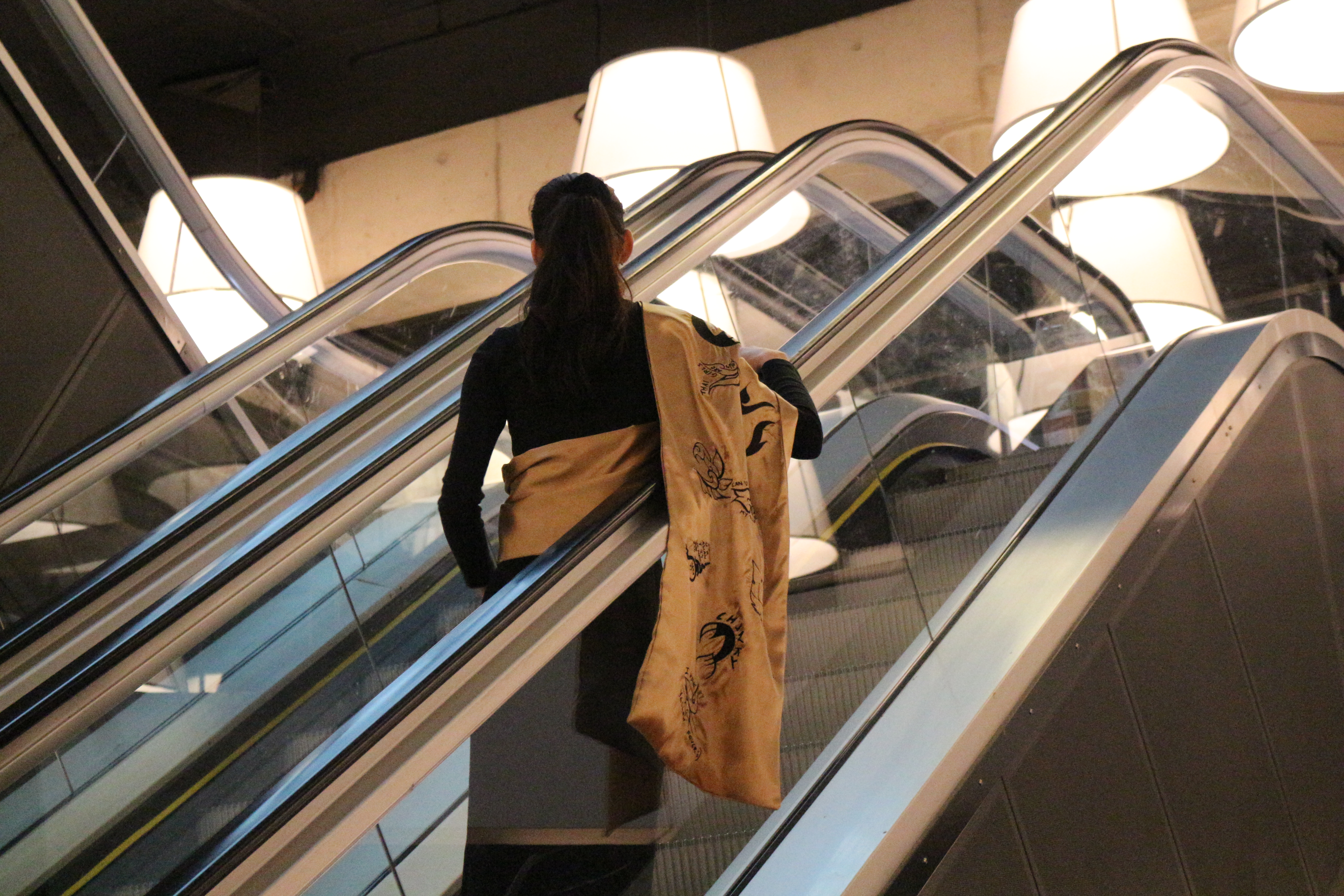
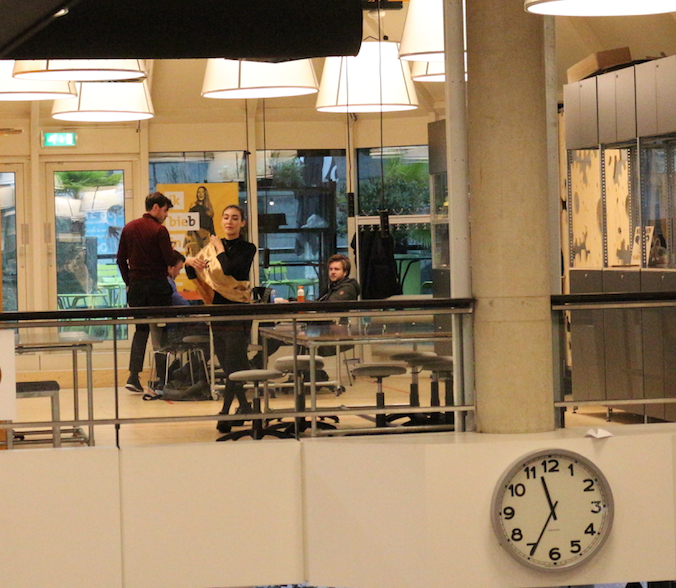
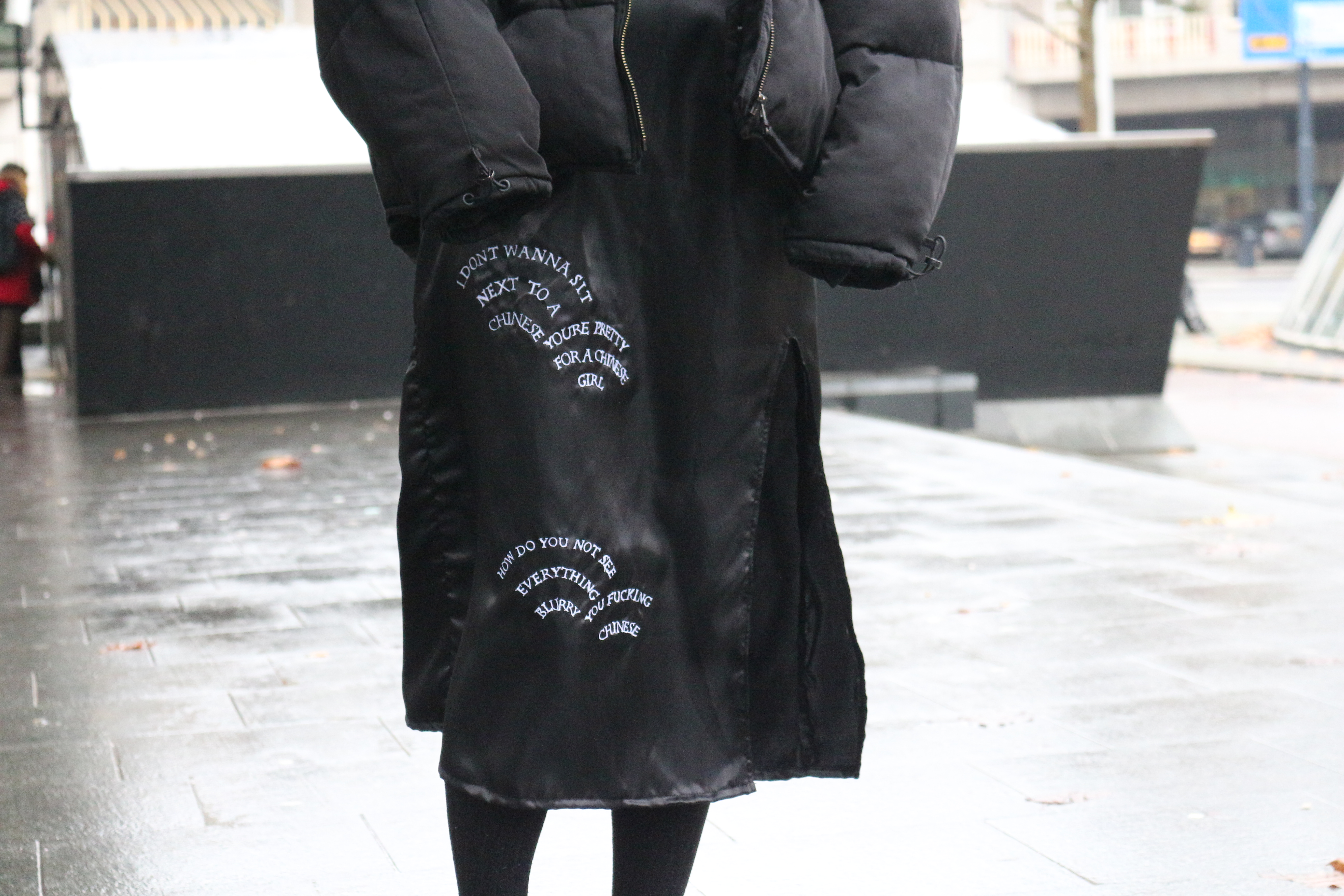
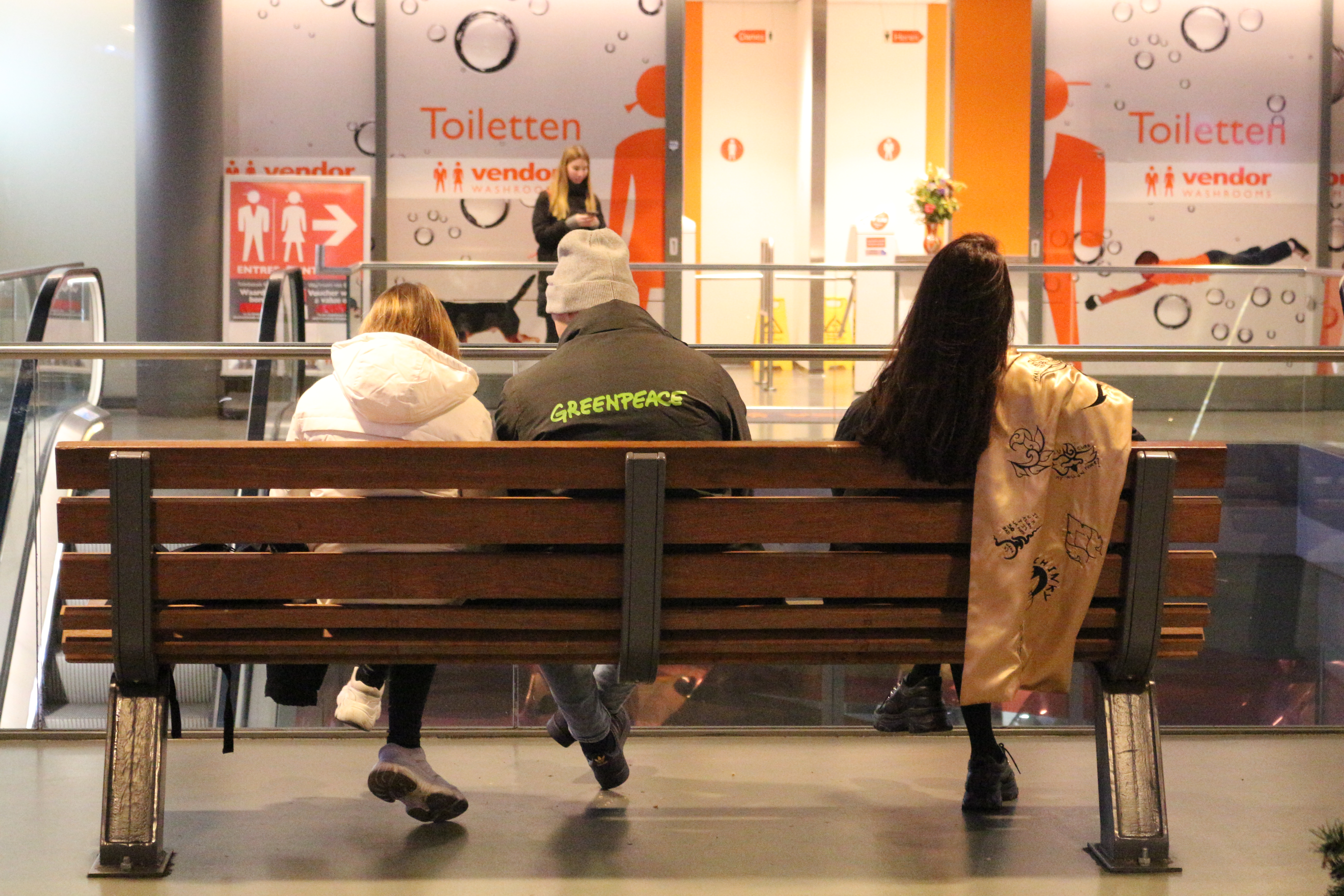

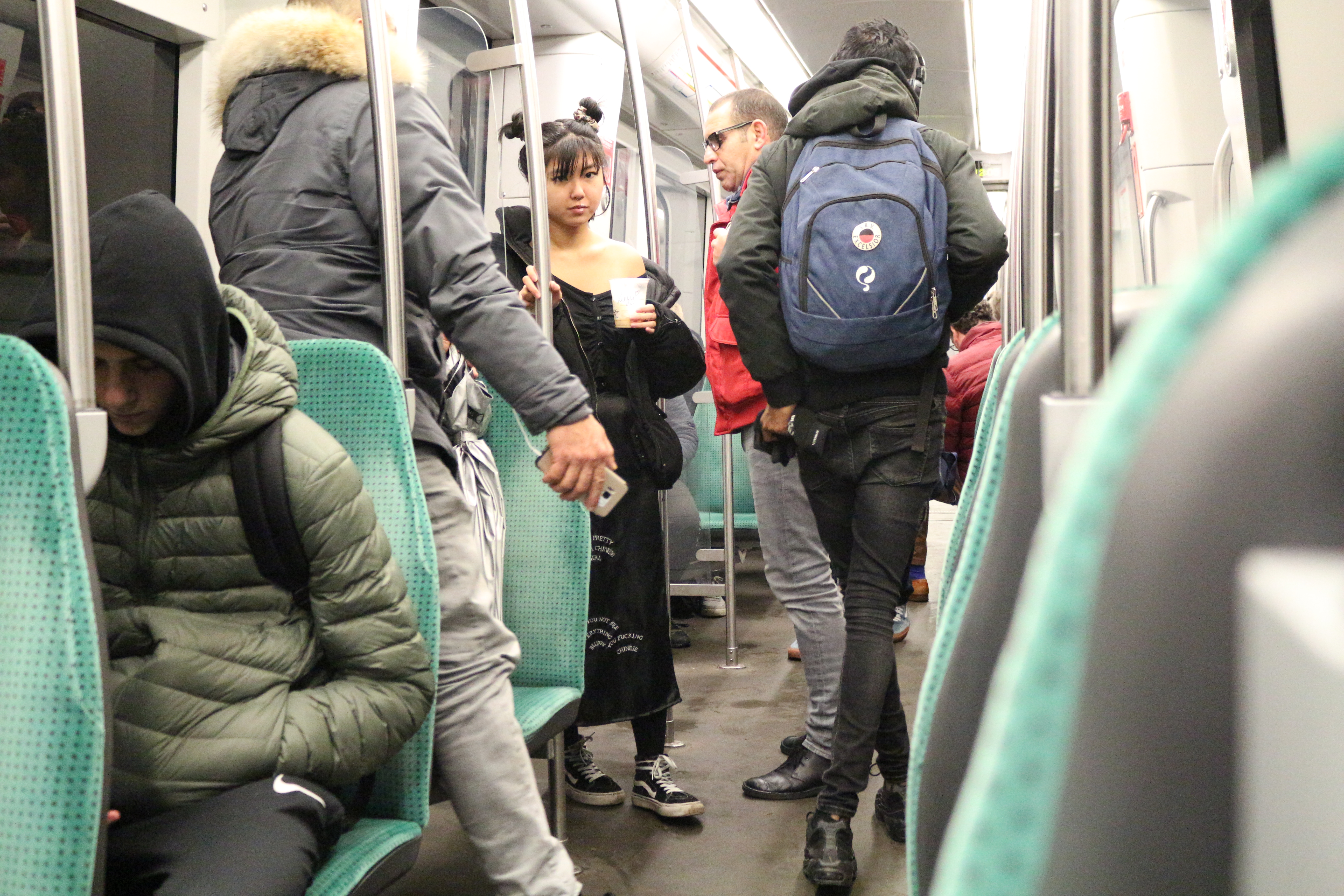
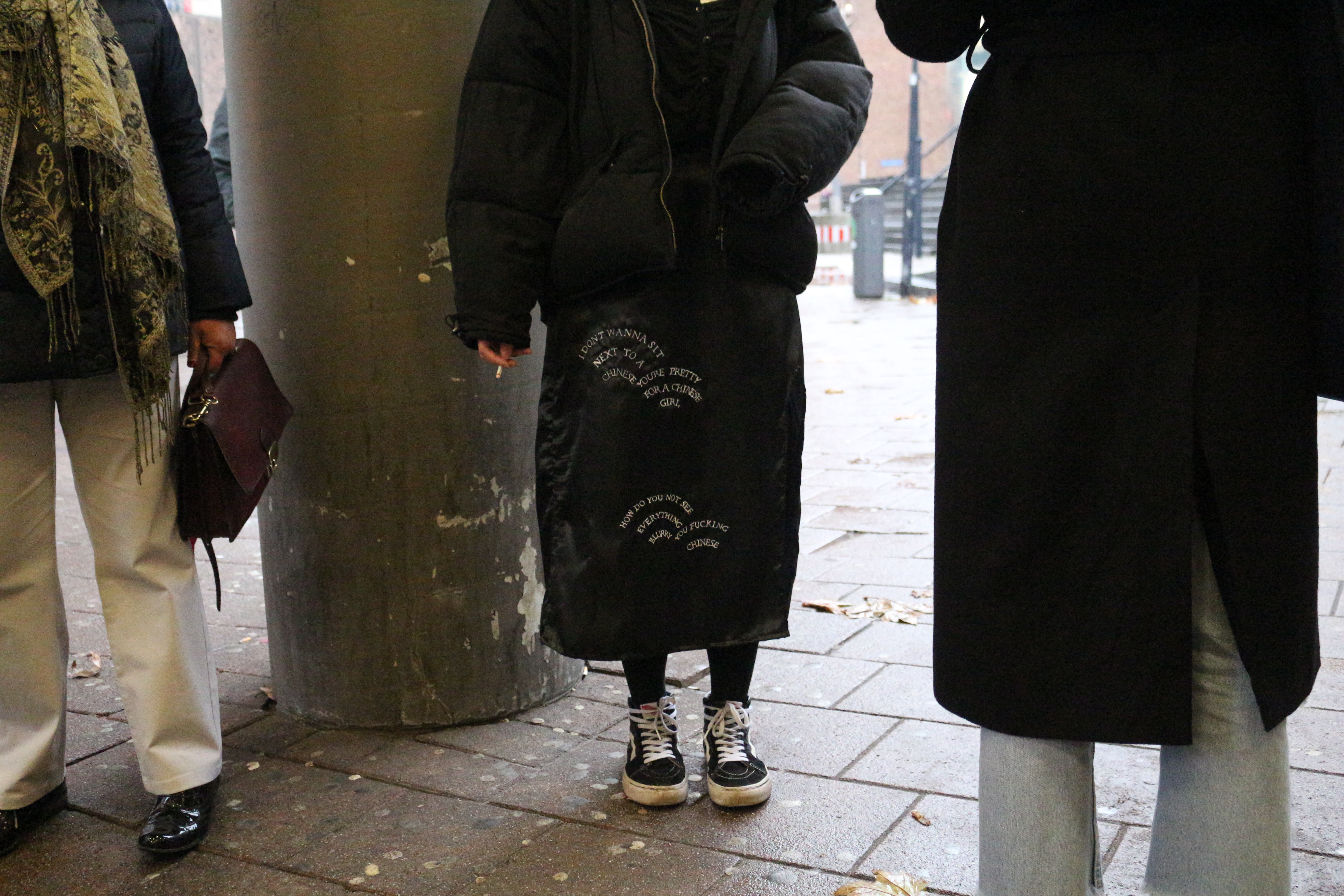
Xinyi made a skirt inspired by Cheongsam (also known as Qi Pao) which is a dress with Chinese features. It is considered the traditional chinese gown and people still wear it today during festivities. She embroidered messages and things people have said to her, most of which are regarding her asian facial features or just her identity as asian such as “How do you not see everything blurry?” or “You’re pretty for a chinese girl”. This traditional chinese gown used to be worn as a political statement in China.
Asian women are usually the creatures of a male power fantasy. They express unlimited sensuality, they are more or less stupid, and above all, they are willing. Asian women are hypersexualized and exoticized. Even the submissiveness of many parts of Asian cultures are glamourized and erotized. In mainstream western media Asian women are usually femme fatales, sexy mysterious Geishas or something along the lines of Kung Fu fighting suductresses. If you look at these Asian women in Hollywood, most of them are not even Asians but played by white women who used yellowface. This is when people use makeup to make someone look Asian. It dates back to the earliest days of hollywood where Asian characters were played by white actors, often using makeup to approximate Asian facial characteristics. For example, Scarlett Johansson in the 2017 film, Ghost in a Shell, which was based on a series made up entirely of Japanese characters. It makes Asians invisible, and we are constantly bombarded with this in the media, even in films and tv series we watch today. This fetishization demotes us to a dehumanizing and inaccurate stereotype. Just like in the 18th and 19th century, Orientalism remains powerful because it changes not just how people in the west view people in the east but how they view themselves.
We decided to try out our garments in different public spaces photographed people's reactions, or the lack of reactions. Below a photographs of what we call, our silent protest.
